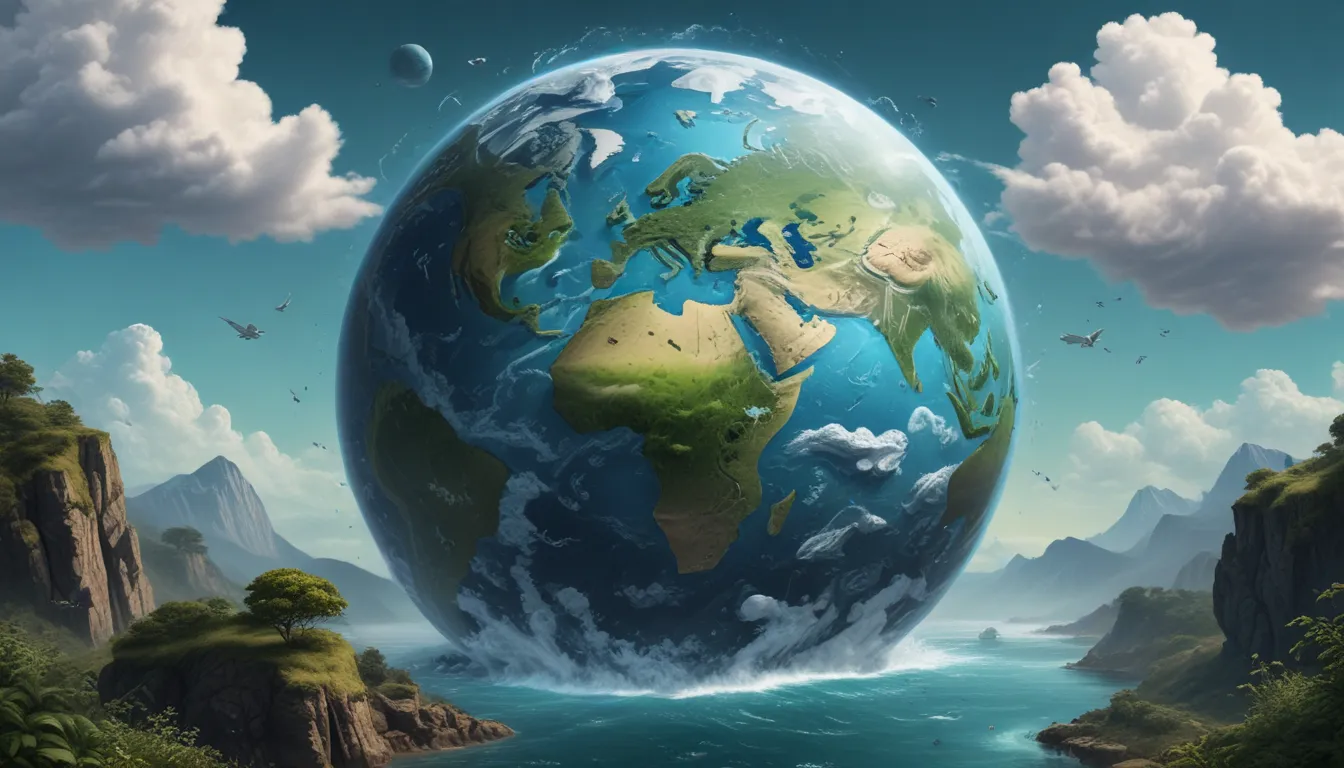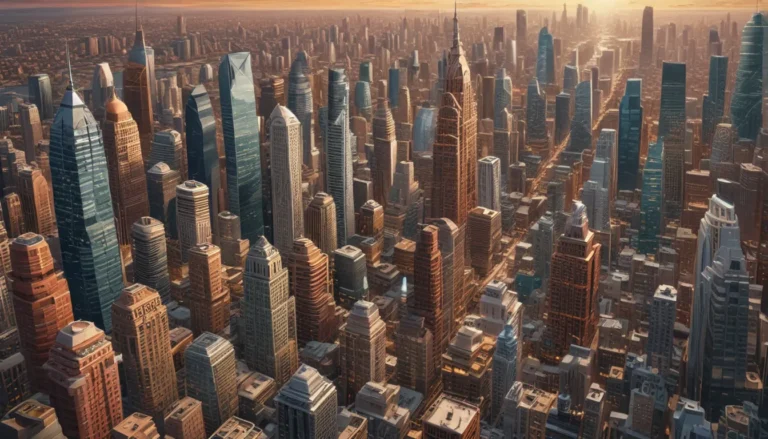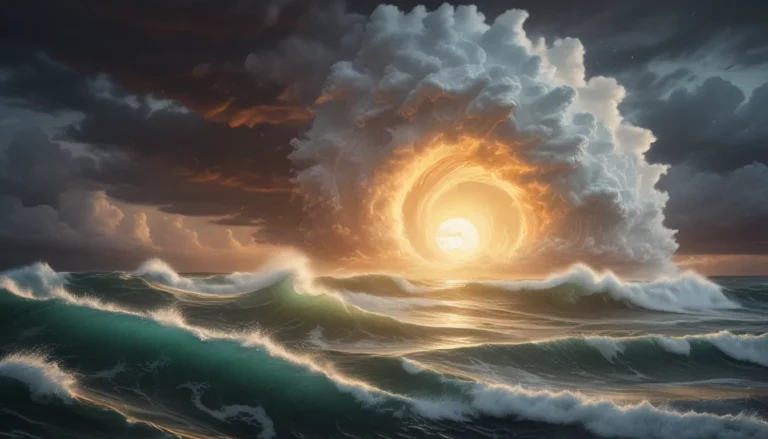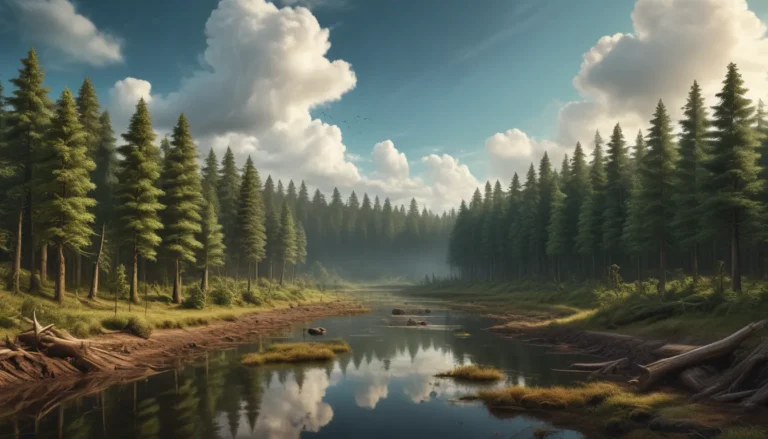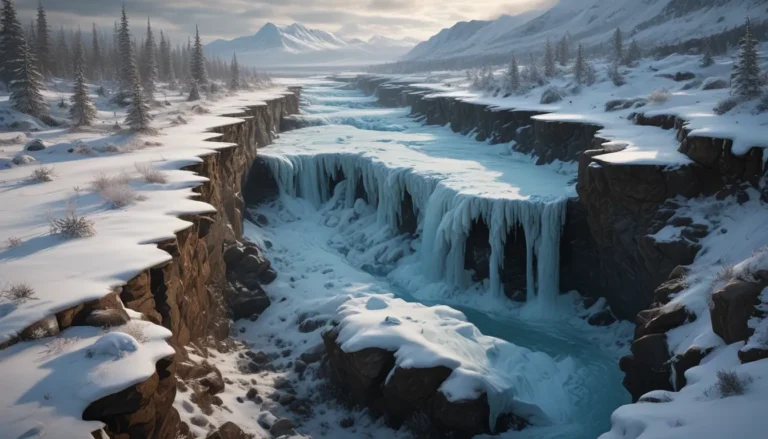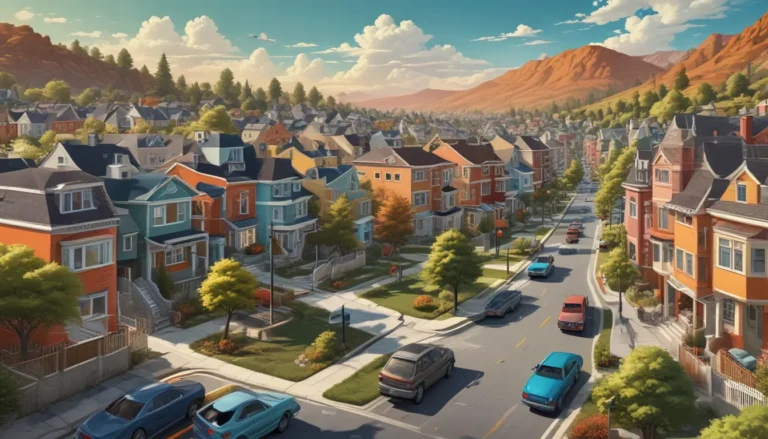A Note About Images: The images used in our articles are for illustration purposes only and may not exactly match the content. They are meant to engage readers, but the text should be relied upon for accurate information.
Welcome to the fascinating world of the ozone layer! This crucial component of our atmosphere provides us with protection from the harmful ultraviolet (UV) rays of the sun. As we embark on a journey to discover the wonders of the ozone layer, we will unveil 12 unbelievable facts that will broaden our understanding of its significance and the astonishing discoveries made over the years.
Key Takeaways:
- The ozone layer safeguards us from harmful UV rays, but human-made chemicals have led to its depletion. By advocating for eco-friendly products and supporting environmentally conscious policies, we can make a positive impact. – Ozone depletion affects every living organism on our planet, from plants to marine life. Understanding its implications and taking action can play a vital role in preserving our precious Earth.
Unveiling the Shield: The Role of the Ozone Layer
The ozone layer acts as Earth’s protective shield by absorbing harmful ultraviolet (UV) radiation from the sun. This shield prevents the majority of UV-B and UV-C rays from reaching the Earth’s surface, where they can pose health risks to humans, such as skin cancer.
Humans at Fault: The Cause of Ozone Depletion
In the 1970s, scientists identified human-made chemicals known as ozone-depleting substances (ODS) as the culprits behind the thinning of the ozone layer. These substances, including chlorofluorocarbons (CFCs) and halons, were widely used in aerosol sprays, refrigeration, and fire suppression systems.
Dispelling Myths: The Truth About the Ozone Hole
Contrary to the term “hole,” the ozone layer depletion results in a reduction of ozone concentration rather than a complete absence of ozone. The term “hole” symbolizes the significant decline in ozone levels over certain regions, particularly over Antarctica.
A Green Recovery: Progress in Ozone Layer Restoration
Thanks to international agreements like the Montreal Protocol signed in 1987, substantial efforts have been made to reduce and phase out the production of ozone-depleting substances. As a result, the ozone layer has shown signs of recovery, with a projected full restoration by the mid-21st century.
Guardians of the Ecosystem: The Ozone Layer’s Role
Beyond safeguarding humans, the ozone layer plays a crucial role in protecting the entire ecosystem. It shields plants, marine life, and microorganisms from excessive UV radiation, preserving the delicate balance of various ecosystems on Earth.
A Global Concern: Ozone Depletion Knows No Bounds
While severe depletion occurs over Antarctica, ozone depletion is a global phenomenon. The interconnected nature of the ozone layer allows for the transport of ODS worldwide, leading to depletion in various regions across the planet.
Unforeseen Consequences: Ozone Depletion and Climate Change
Changes in the ozone layer have far-reaching implications on climate patterns and contribute to global warming. The thinning of the ozone layer alters atmospheric temperatures, wind patterns, and precipitation, making it a critical factor in climate change studies.
Harvests in Jeopardy: Ozone Depletion’s Impact on Crops
Ozone depletion can harm crops by increasing UV radiation exposure, thereby affecting their growth and productivity. This poses significant challenges to food production and global food security.
The Silent Mutator: Genetic Mutations Due to Ozone Depletion
Exposure to high levels of UV radiation can cause genetic mutations in various organisms, including plants, animals, and microorganisms. These mutations may have long-lasting detrimental effects on biodiversity and ecosystems.
A Delicate Balancing Act: Climate Change and Ozone Layer Recovery
Climate change can influence the recovery of the ozone layer by impacting atmospheric circulations and temperature patterns. These changes can affect the production and transport of ozone-depleting substances, influencing the overall recovery process.
Ocean’s Cry for Help: Ozone Depletion’s Impact on Marine Life
Increased UV radiation penetrating the ocean surface poses a threat to marine life, including phytoplankton, corals, and fish larvae. This disruption can have severe consequences for marine ecosystems and biodiversity.
Joining Forces: The Importance of Public Awareness
It is crucial to raise public awareness about the ozone layer and its depletion. Simple actions like using eco-friendly products, reducing energy consumption, and supporting environmentally conscious policies can make a significant difference in protecting and preserving the ozone layer.
Conclusion
The ozone layer stands as a guardian of our planet, shielding us from harmful UV radiation. Understanding its intricacies and significance is essential for taking proactive steps to safeguard it. From the ongoing recovery efforts to the impact of international agreements, the facts about the ozone layer are truly remarkable. By educating ourselves about these facts and embracing sustainable practices, we can contribute to the preservation of the ozone layer for future generations.
FAQs
- What is the ozone layer?
-
The ozone layer is a region of the Earth’s stratosphere that contains a high concentration of ozone molecules. It acts as a protective shield, absorbing most of the sun’s harmful UV radiation.
-
How does the ozone layer get depleted?
-
The depletion of the ozone layer is primarily caused by human-made substances known as ozone-depleting substances (ODS), such as chlorofluorocarbons (CFCs) and hydrochlorofluorocarbons (HCFCs). These chemicals break down ozone molecules, leading to thinning of the ozone layer.
-
What are the effects of ozone layer depletion?
-
Ozone layer depletion results in increased UV radiation reaching the Earth’s surface, which can have harmful effects on human health, ecosystems, agriculture, and marine life.
-
Is the ozone layer recovering?
-
Yes, thanks to international efforts like the Montreal Protocol, the ozone layer is gradually recovering. However, sustained vigilance and adherence to sustainable practices are crucial for complete recovery.
-
How can individuals protect the ozone layer?
- Individuals can contribute to ozone layer protection by using ozone-friendly products, reducing energy consumption, advocating for renewable energy sources, and adopting sustainable lifestyle choices.
As we conclude our exploration of the ozone layer, remember that each small step towards environmental conservation can have a profound impact on our planet. Let us stand together as stewards of the Earth, preserving the wonders of our ozone layer for generations to come.
